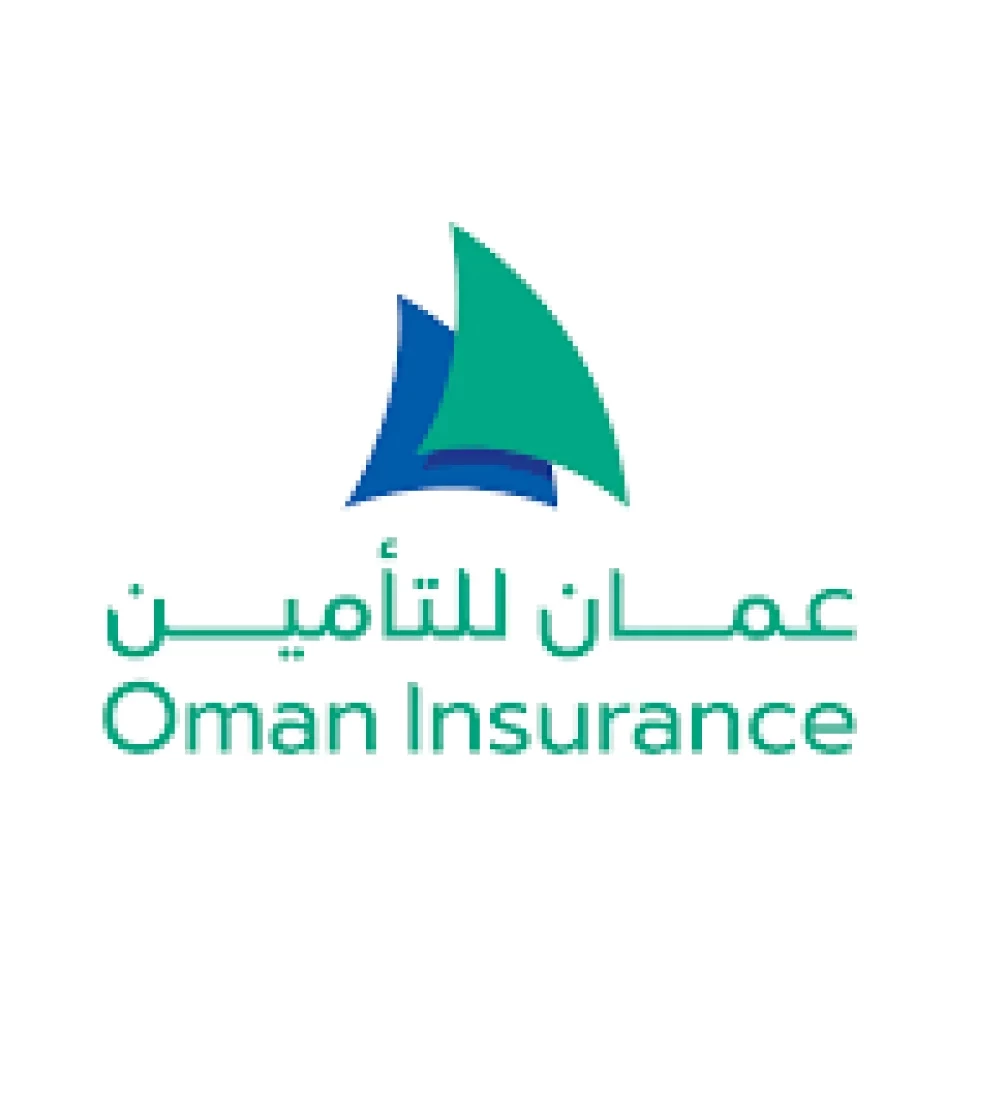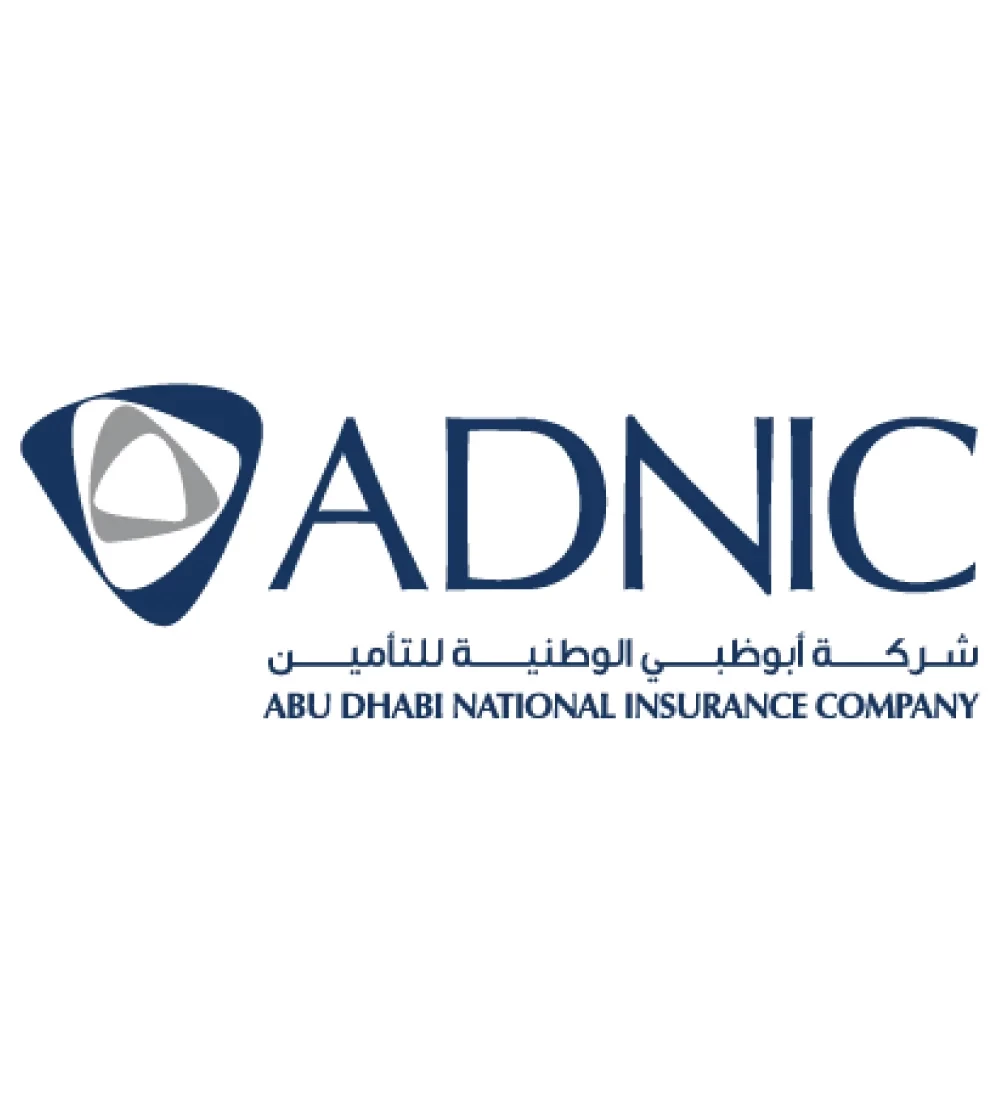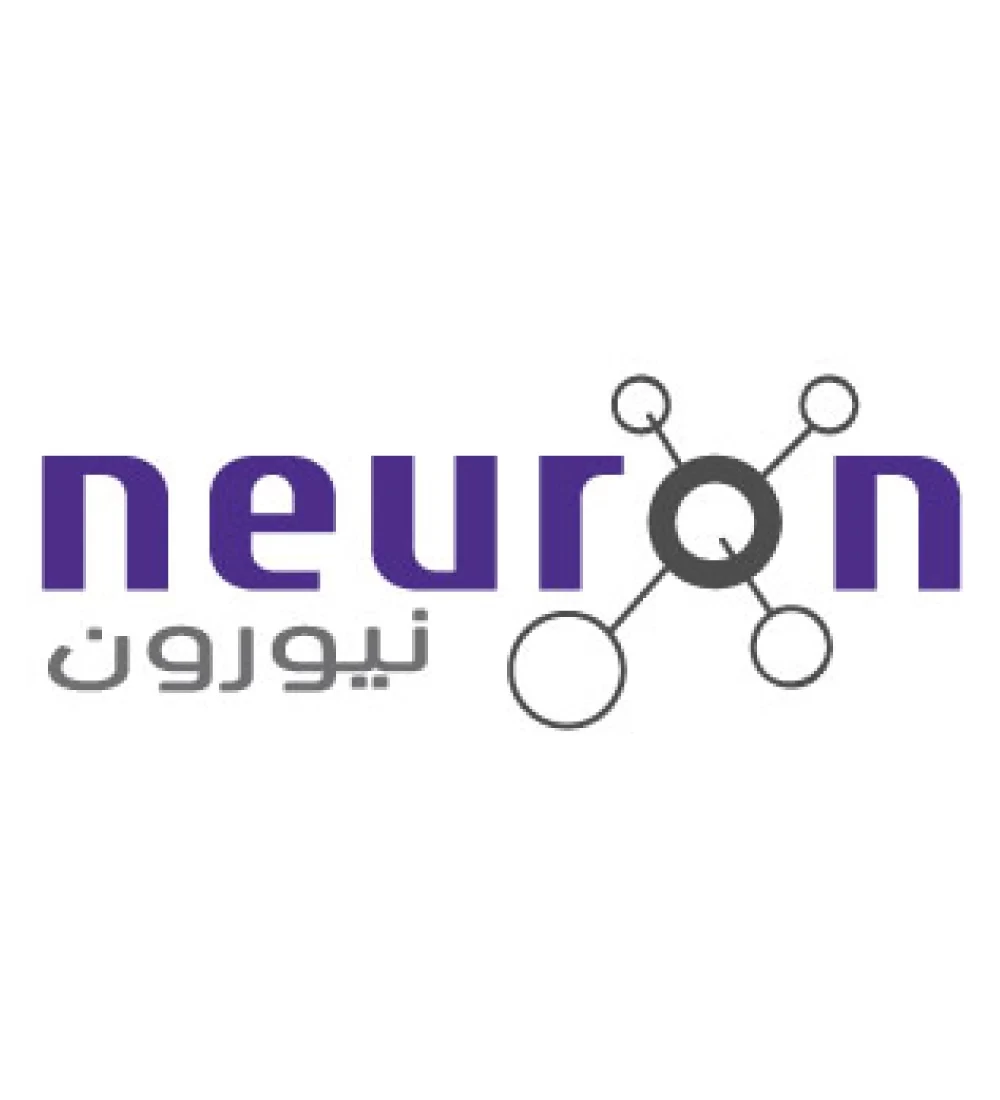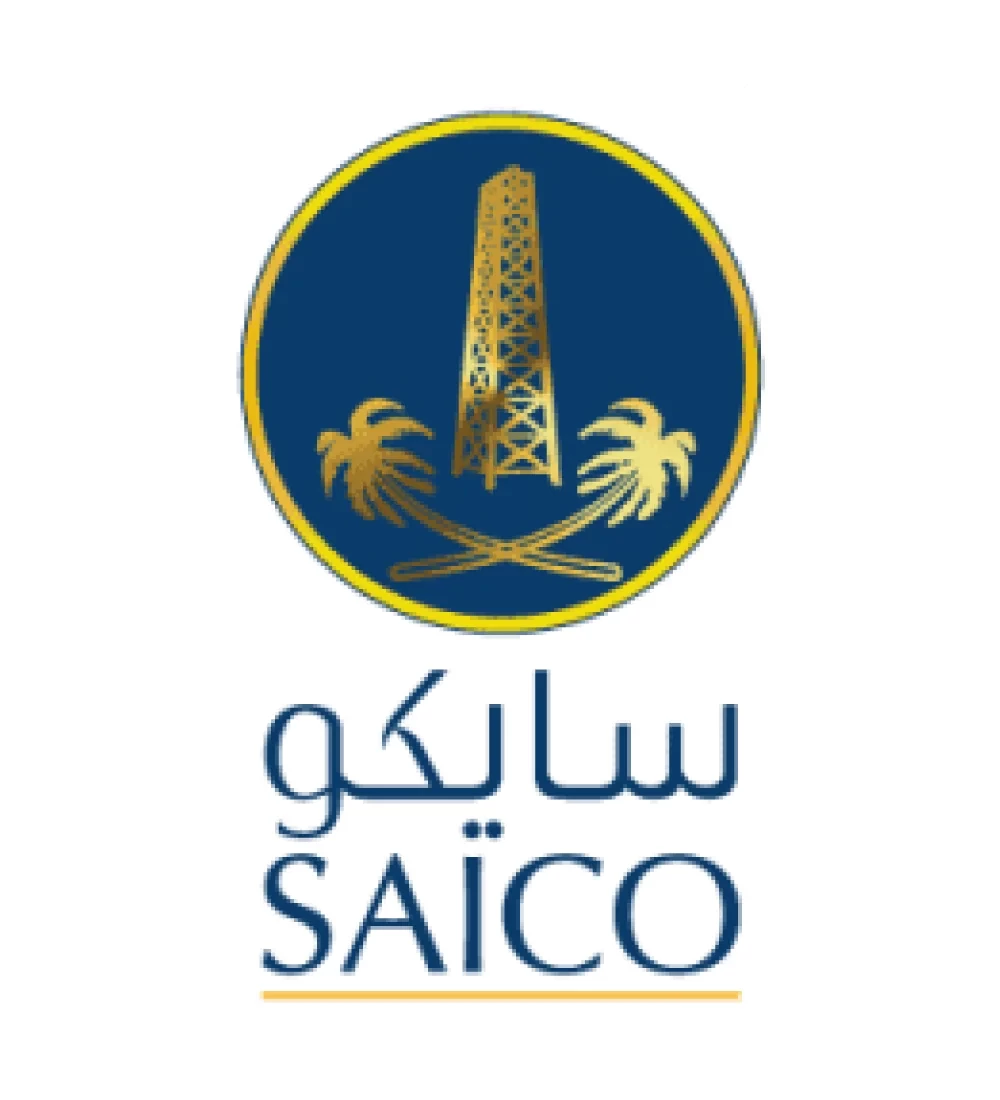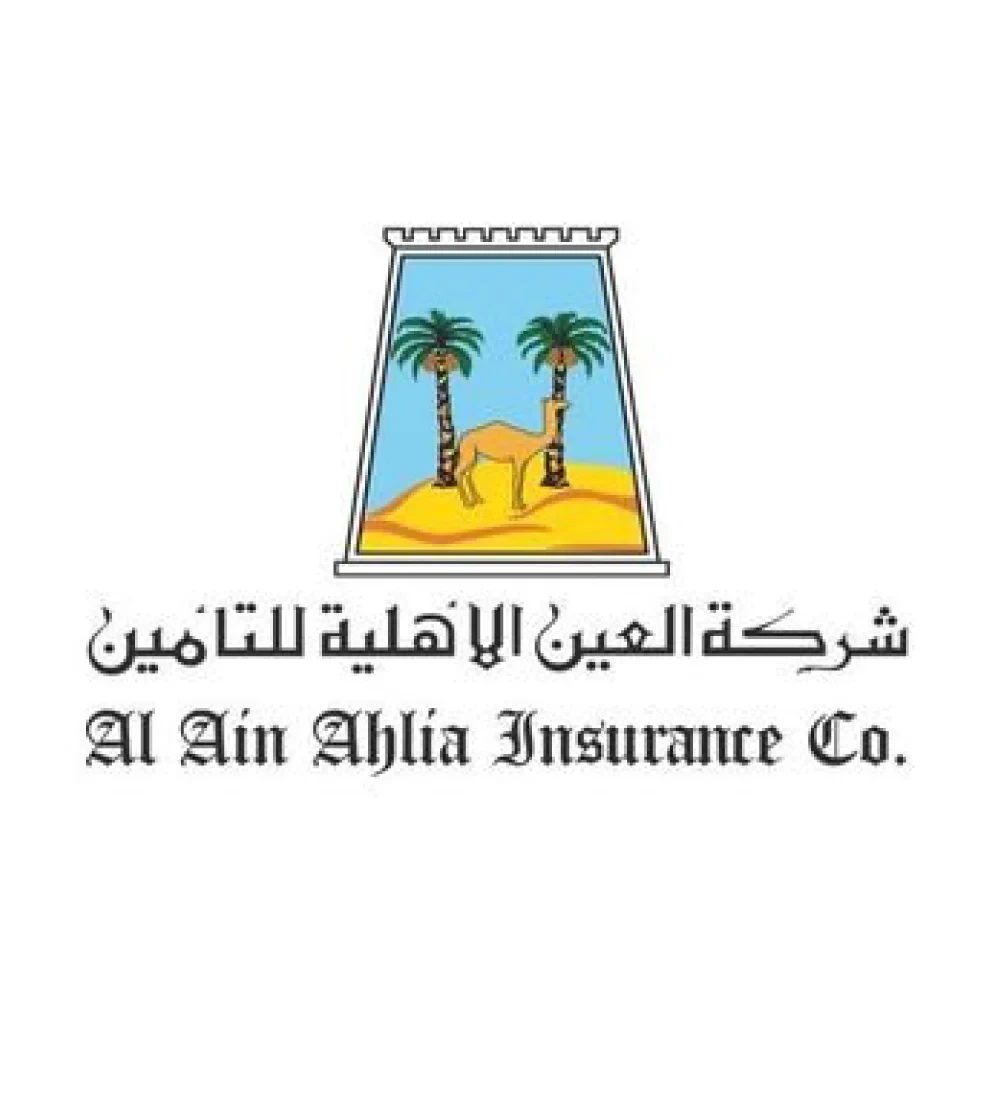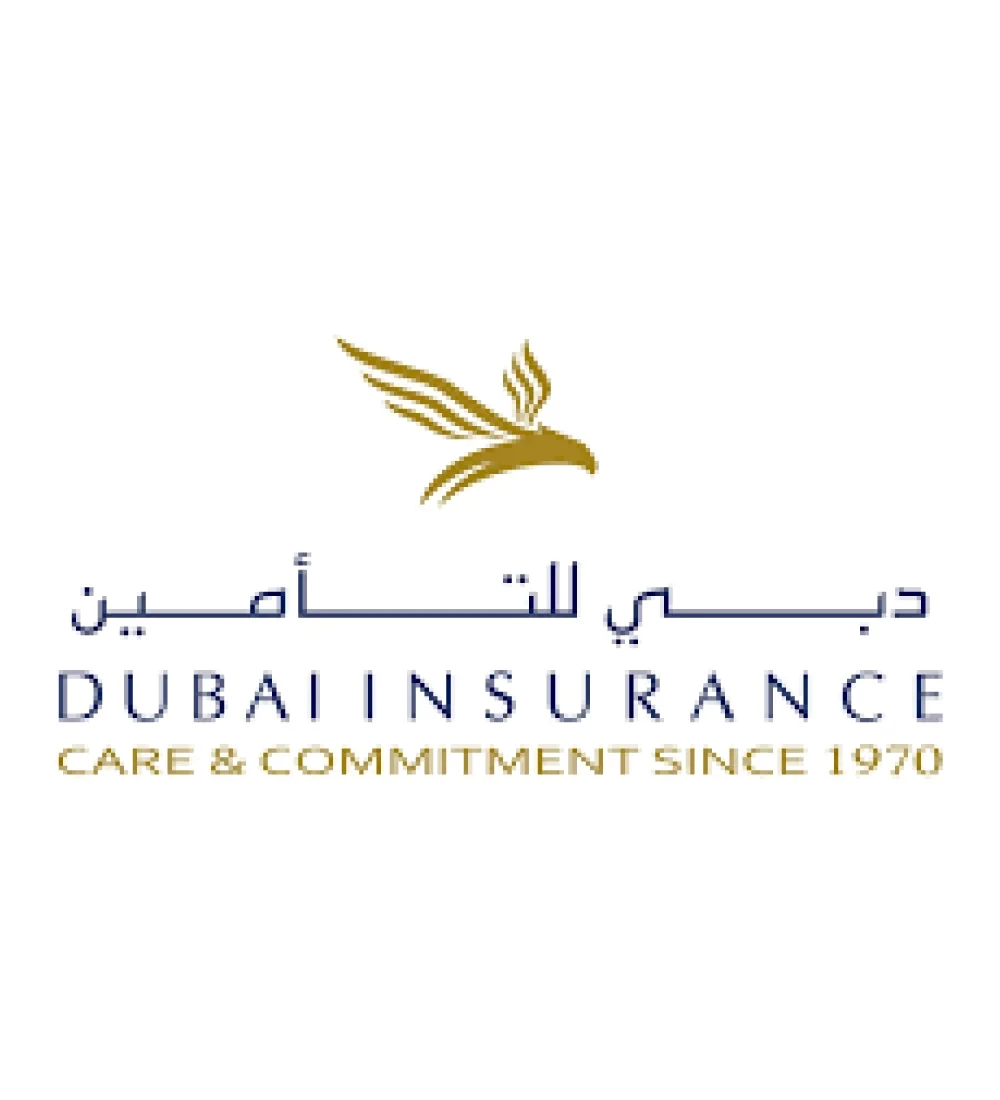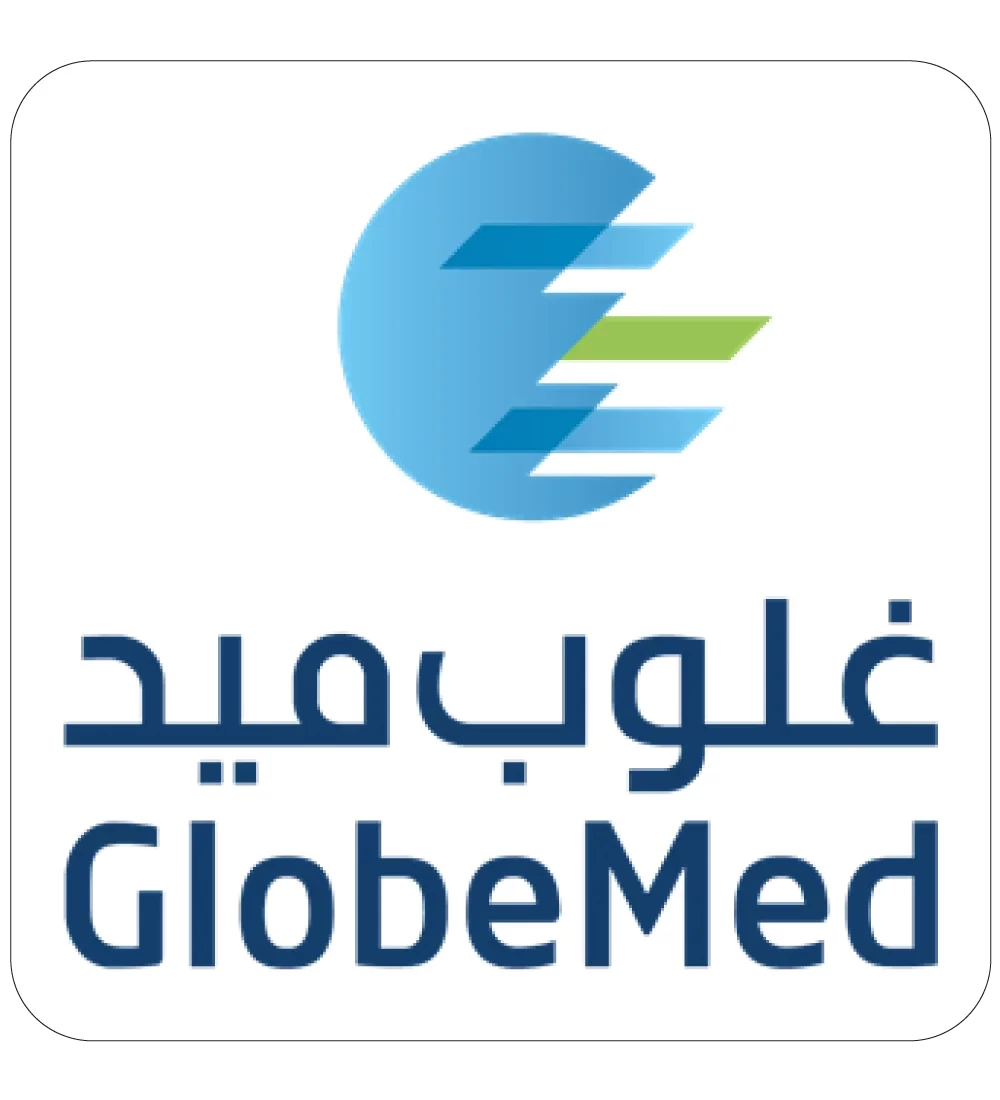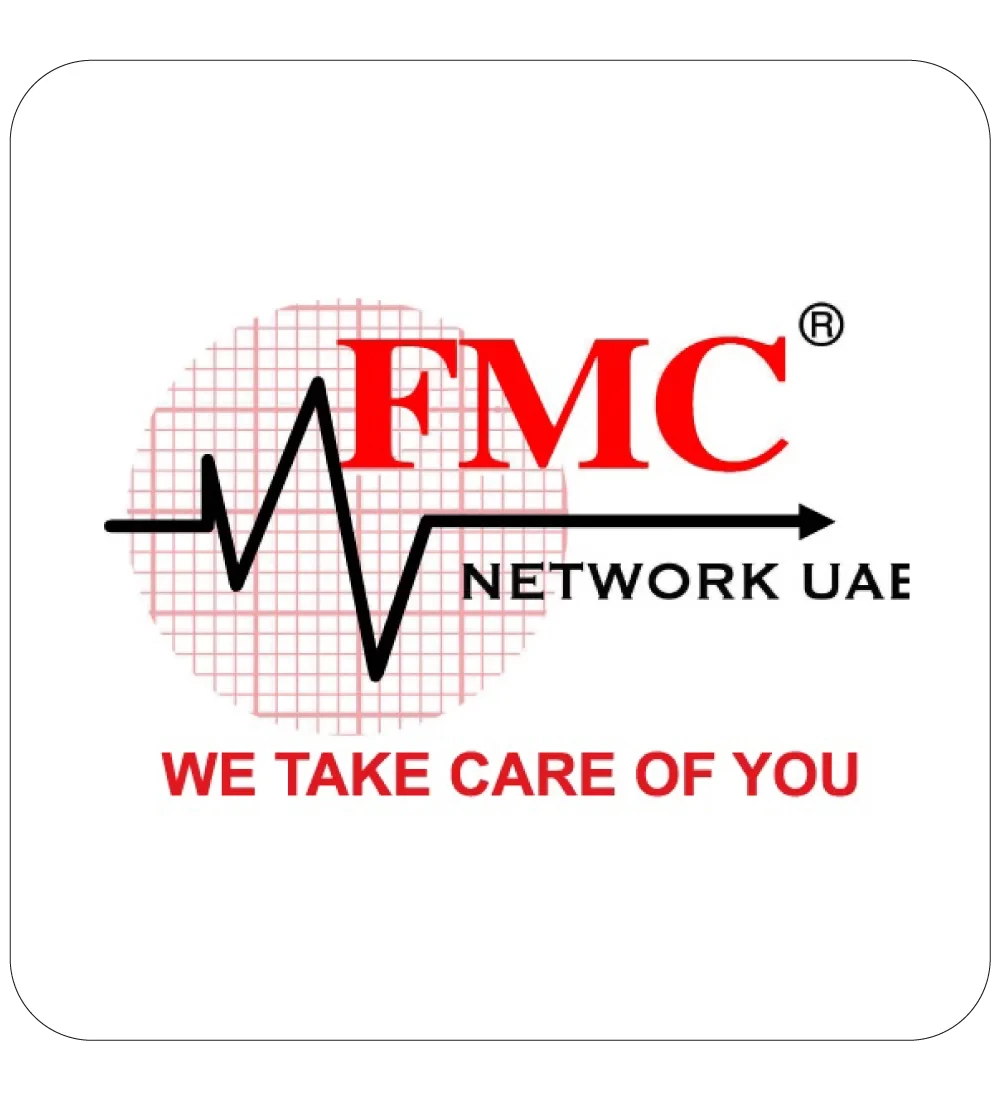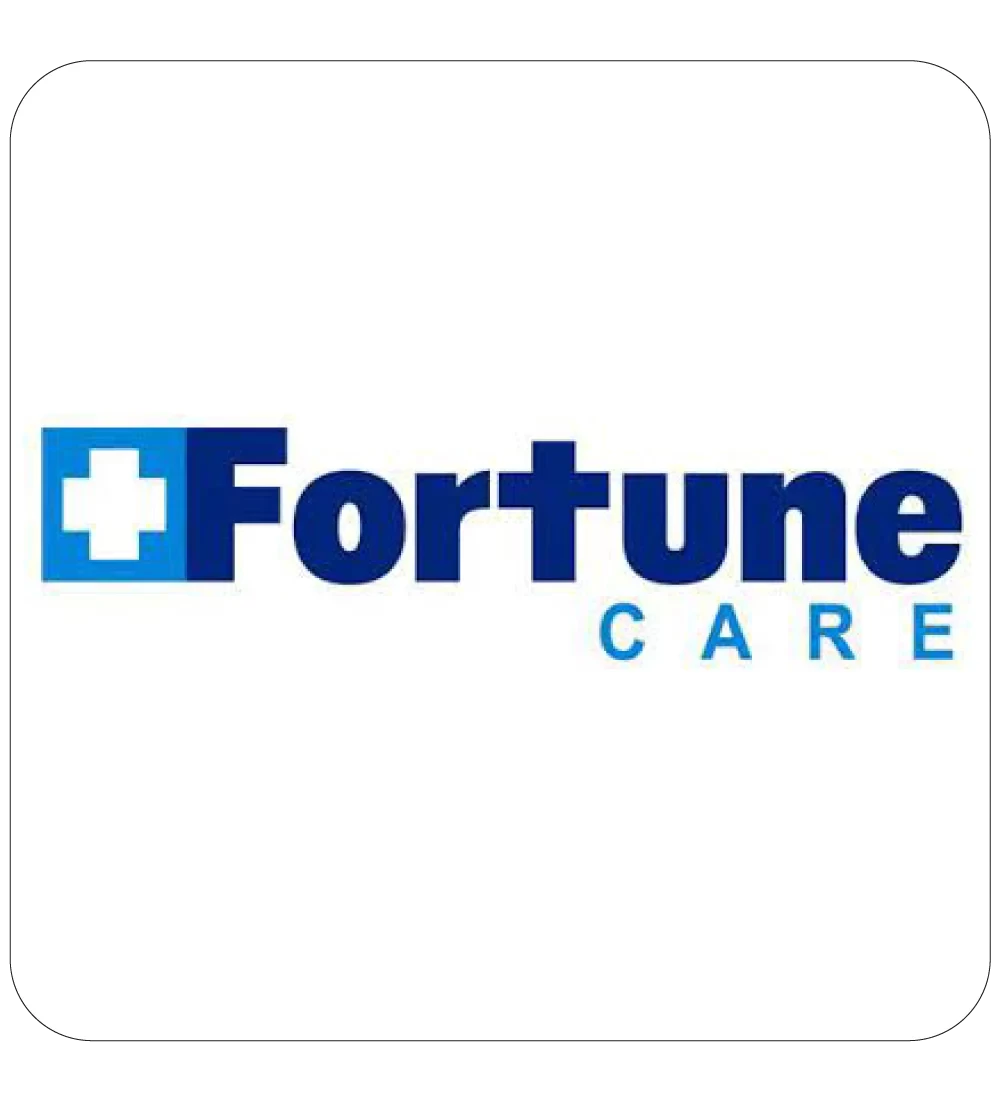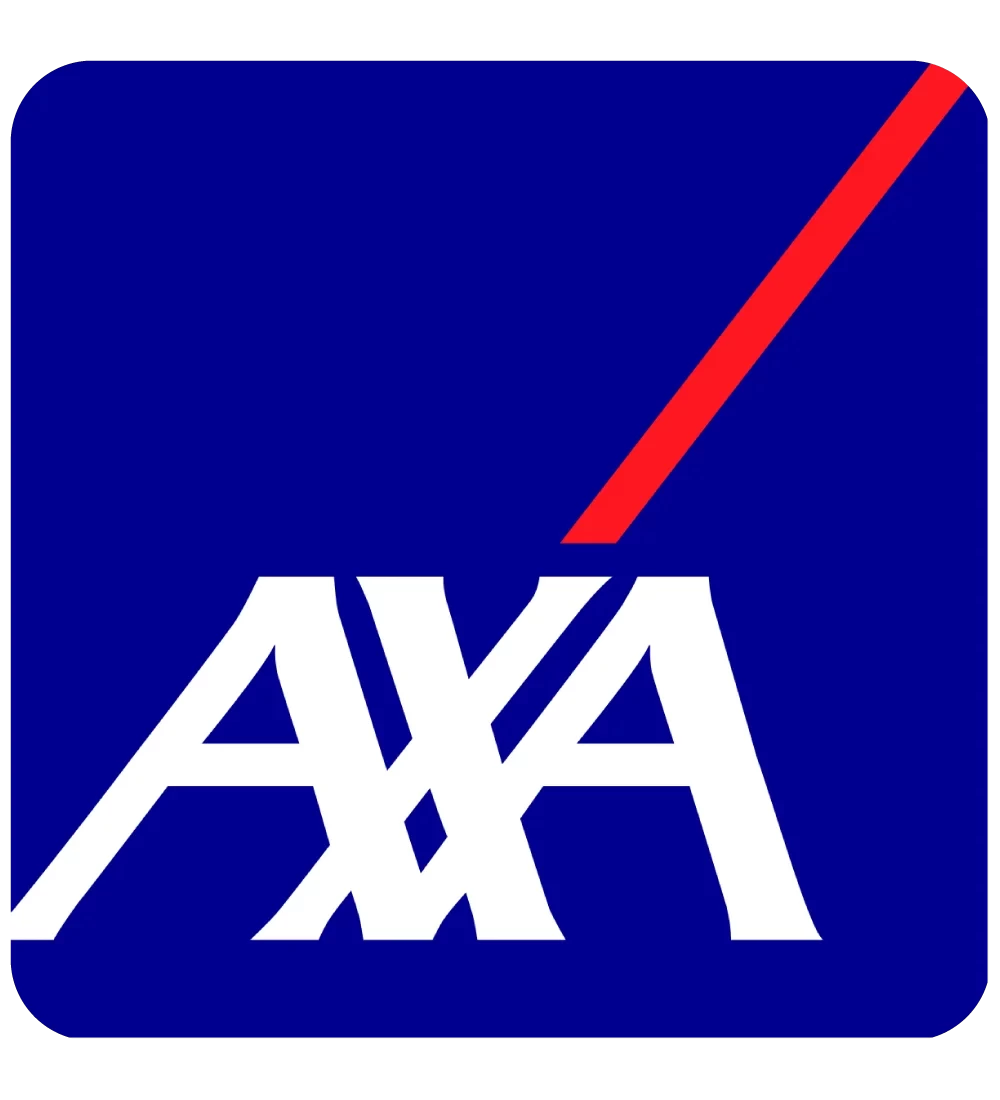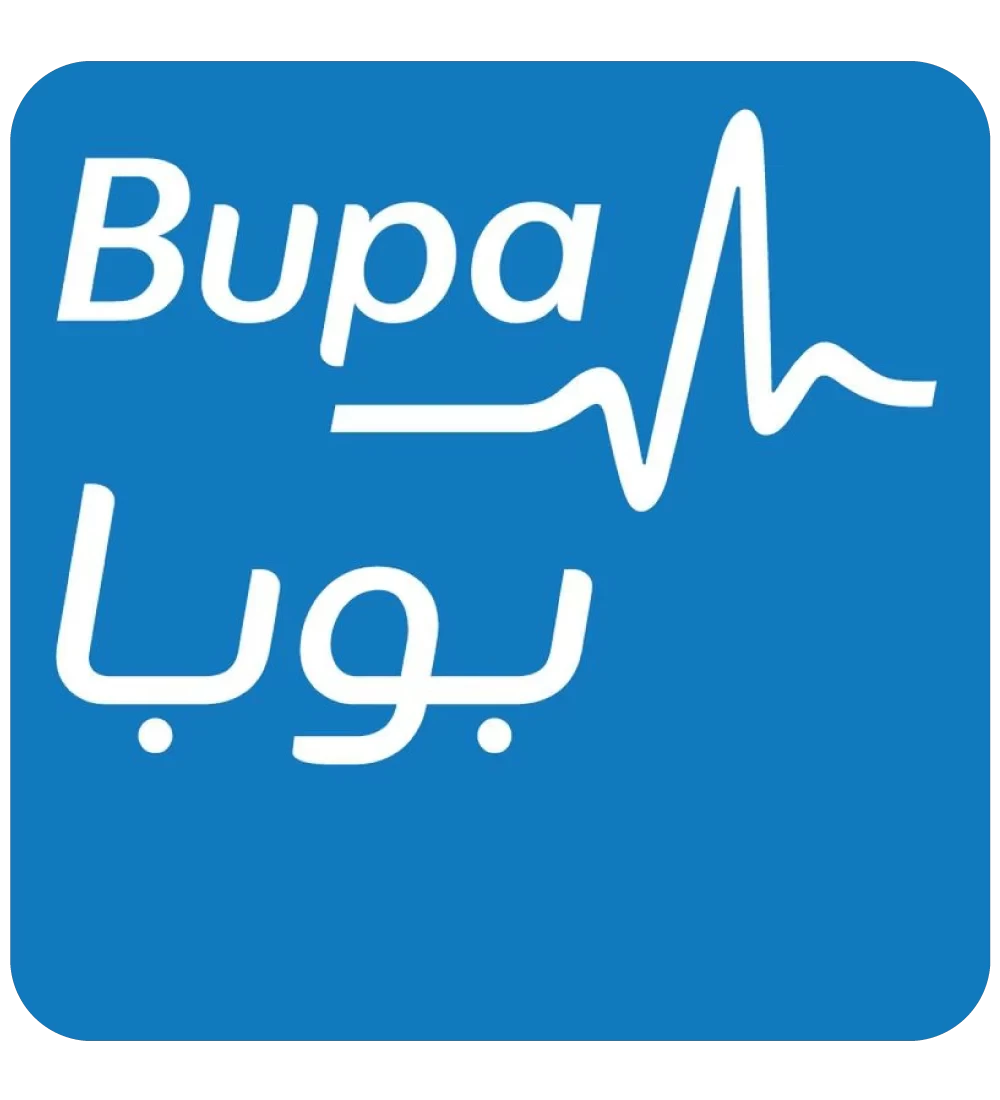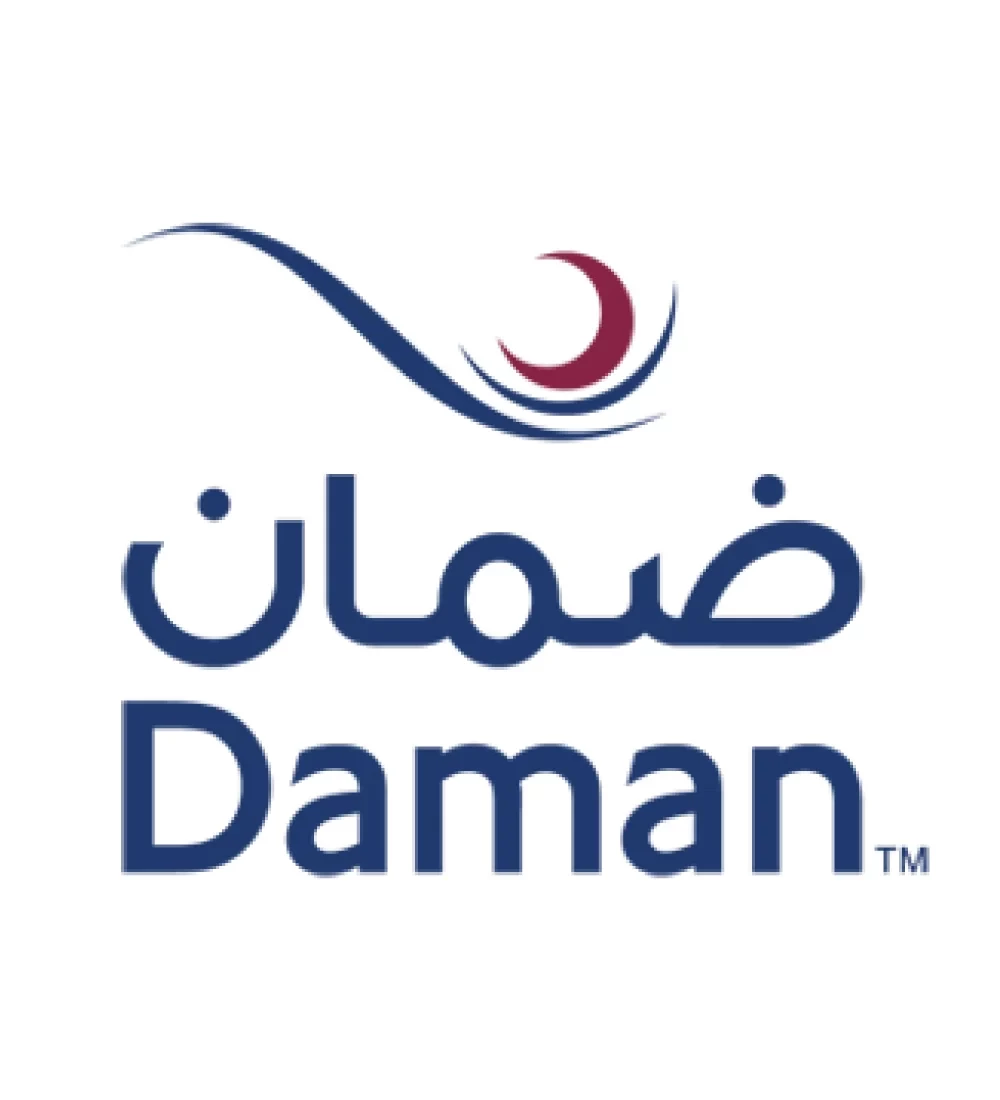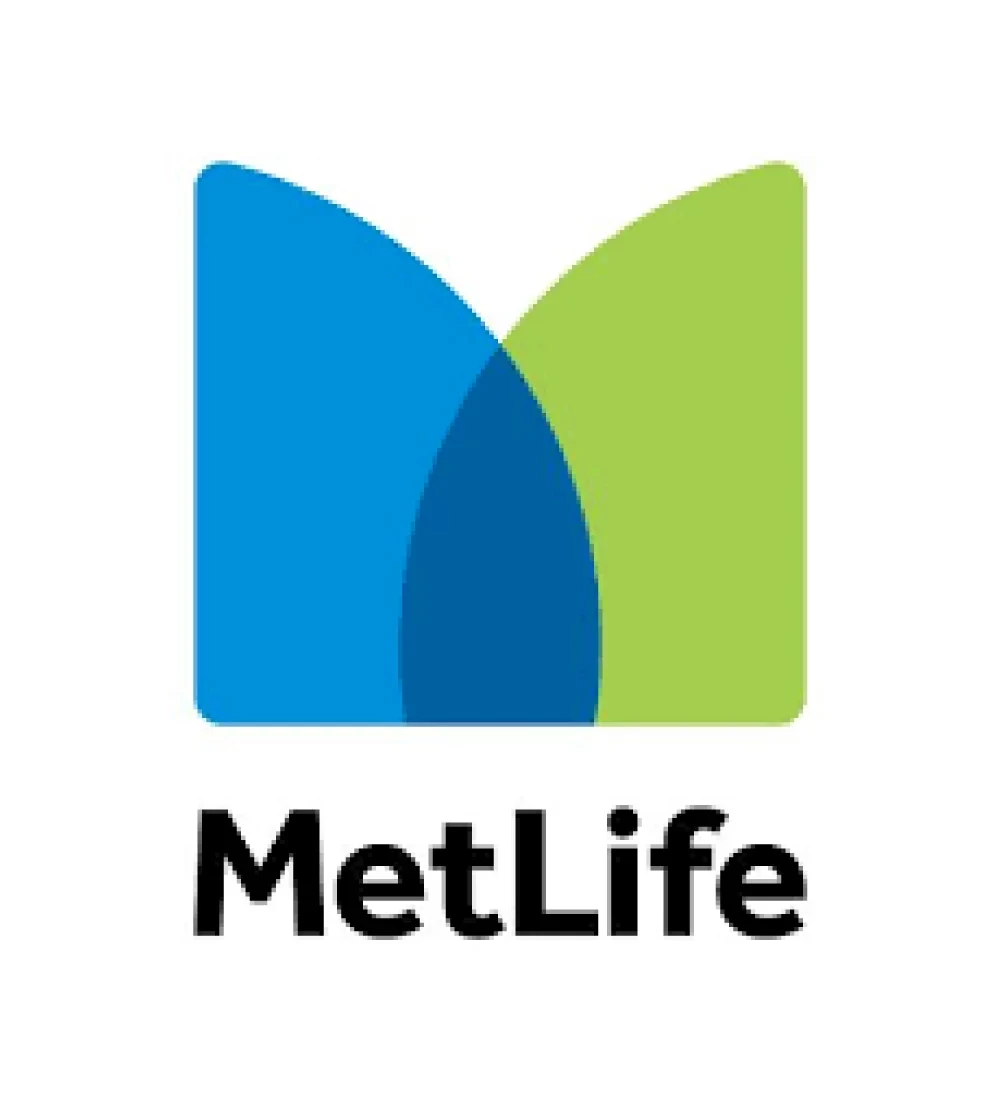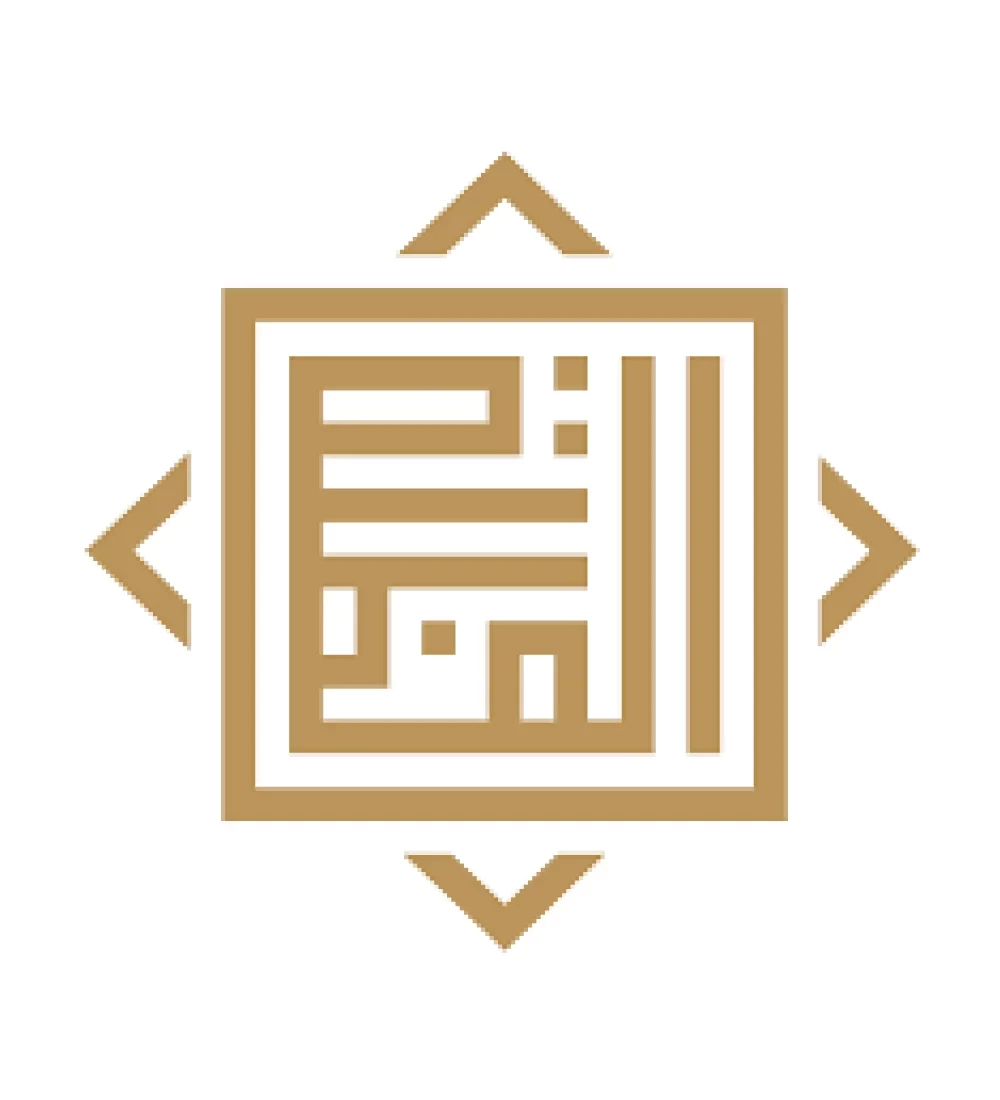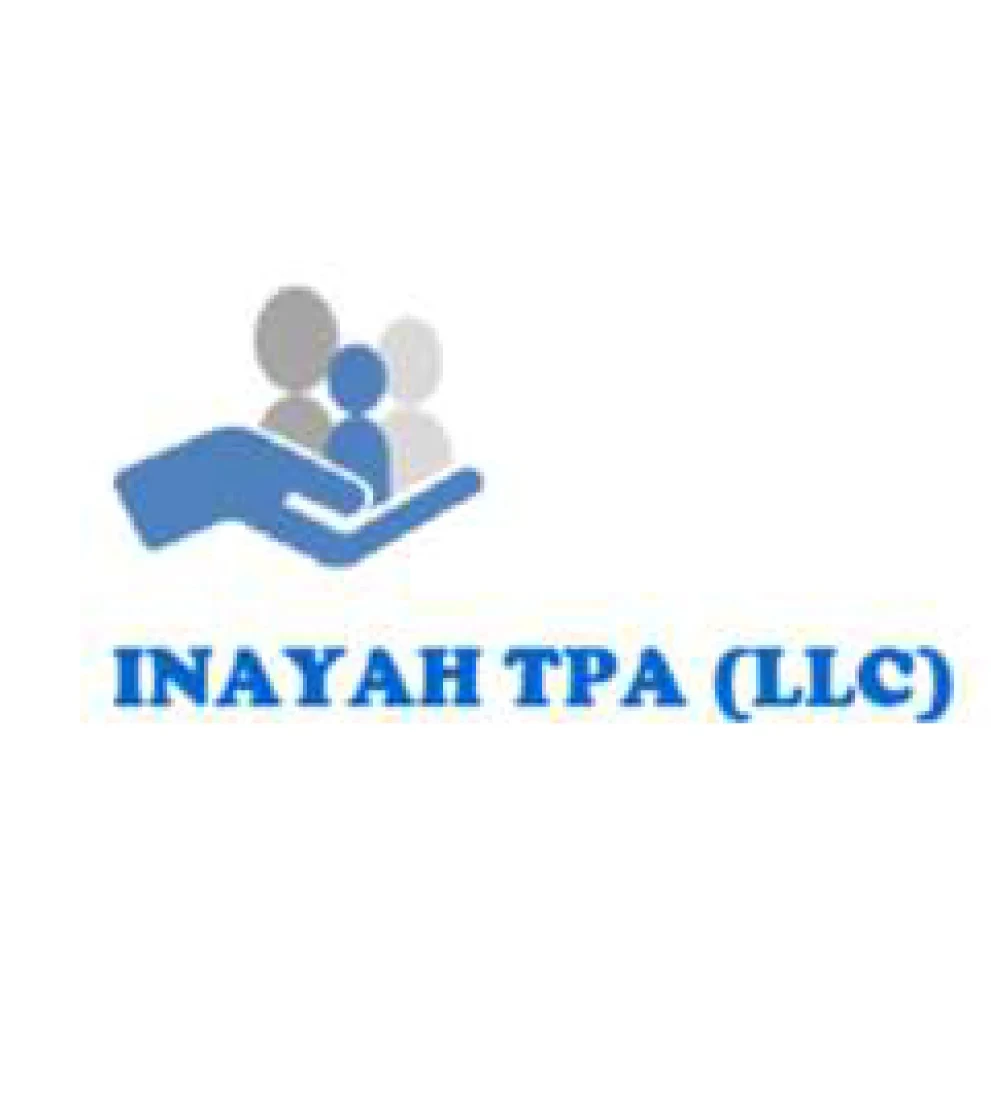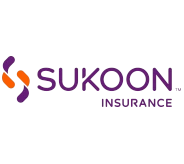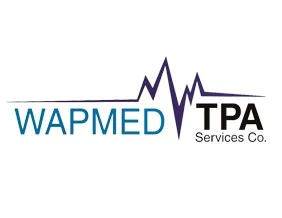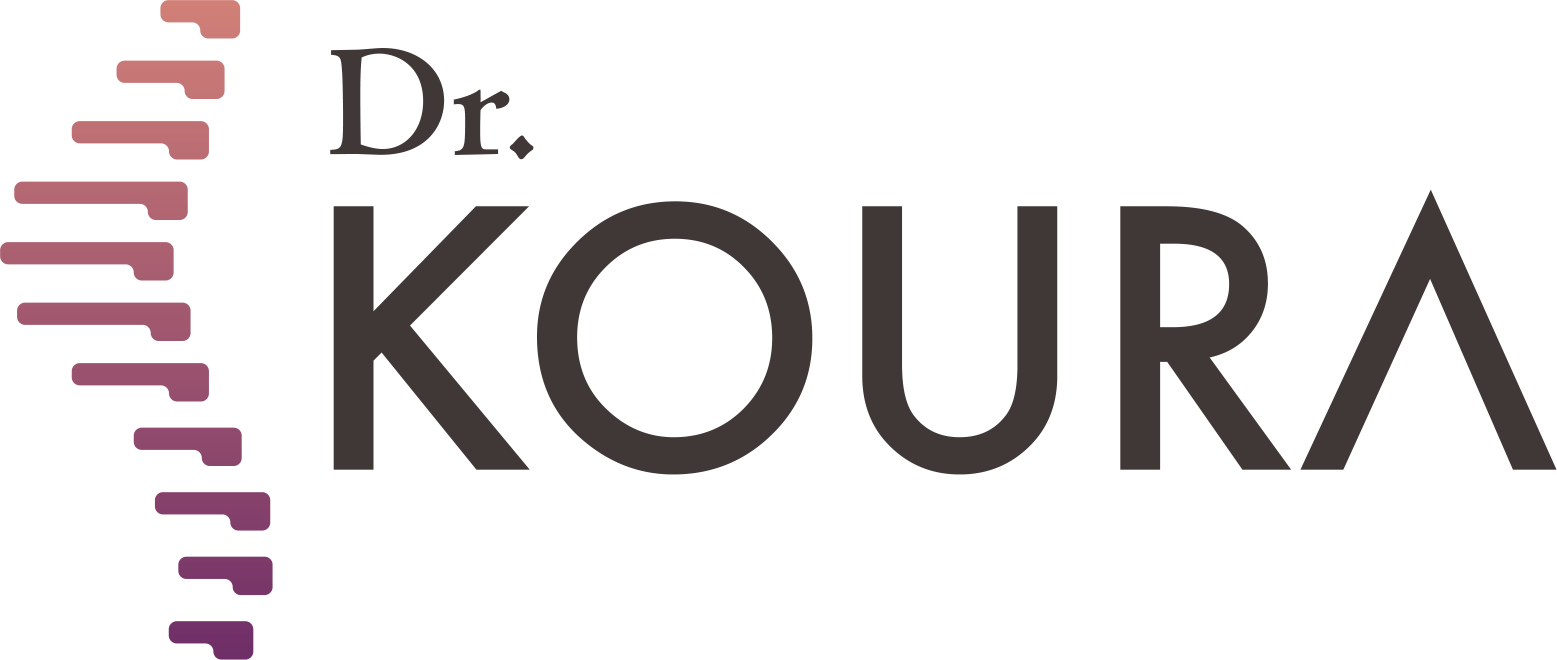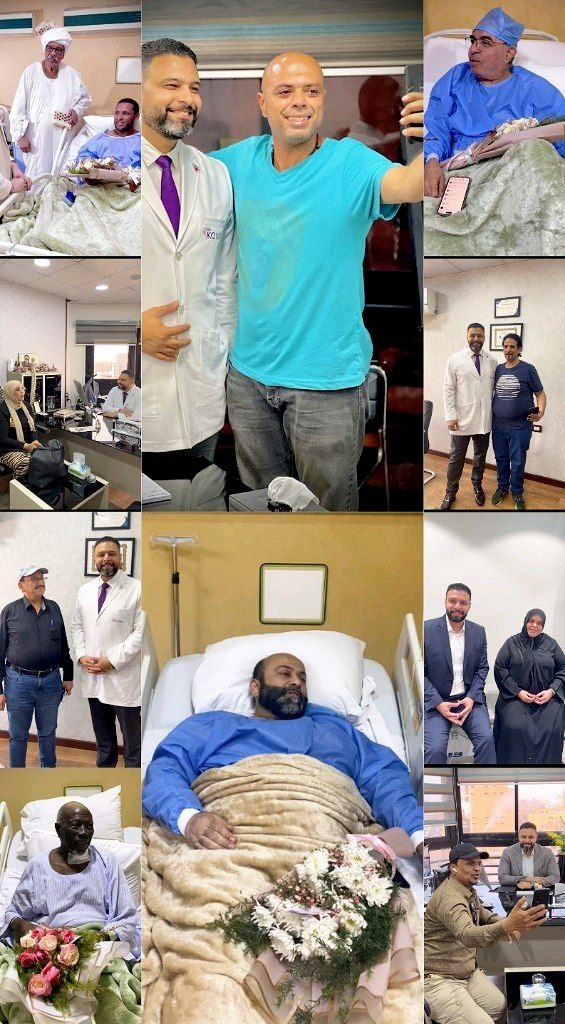
To see patients' reviews
Click hereSigns of a herniated cervical disc


Spine problems, especially in the neck area, have become one of the most common medical conditions among the general public. One of the most prominent of these conditions is a herniated cervical disc. This condition begins as mild neck pain and develops into symptoms that significantly impact the patient's life if not treated appropriately and timely. There are several signs of a herniated cervical disc that can be identified and treated.
Dr. Mohamed Qura has established himself as one of the most prominent specialists in advanced interventional treatment techniques. He is the best spine doctor, and his clinic is a reference for many complex cases. He accurately diagnoses and develops an individualized treatment plan for each patient, giving patients a real chance of recovery and returning to their normal lives with minimal intervention.
What is a herniated cervical disc?
The spine consists of vertebrae separated by cartilage discs that act as shock-absorbing cushions. A herniated disc occurs when part of this disc slips out of its normal position and presses on the adjacent nerves. When this herniation occurs in the cervical vertebrae (neck), a range of disturbing symptoms appear that vary in severity.
What are the causes of a herniated cervical disc?
A herniated cervical disc does not occur suddenly, but rather as a result of the accumulation of multiple factors that lead to the weakening of the cartilage discs in the cervical vertebrae and the development of stiffness in the neck vertebrae. The most prominent causes contributing to this injury are:
Sudden, incorrect movements: such as turning forcefully or lifting heavy weights incorrectly.
Prolonged, unhealthy sitting: This is considered one of the most important causes of a herniated cervical disc, especially when using a computer or mobile phone, with the head bent forward for extended periods.
Aging: The cartilage discs lose their elasticity over time.
Excess weight: This adds additional pressure on the spine and can lead to disc herniation.
Genetic factors: Genes can play a role in increasing the susceptibility of some individuals to the condition.
Lack of exercise: This can lead to weak neck and back muscles.
What are the signs of a cervical disc herniation?
Now we move to the most important point: the most prominent signs of a cervical disc herniation. These symptoms begin mildly but quickly worsen, becoming more pronounced and requiring urgent medical intervention. The most prominent signs of a cervical disc herniation are:
1. Severe neck pain extending to the shoulder and arm.
The patient often feels constant pain that begins in the neck and can extend to the shoulder, then to the arm, and even to the fingers. The pain may be present or appear with certain movements.
2. Numbness or tingling in the upper extremities.
Numbness or tingling in the hand or fingers is a prominent sign that the disc is pressing on the cervical nerves. 3. Weakness in the arm or hand muscles
The patient may notice difficulty grasping objects or a weak grip.
4. Neck stiffness and difficulty moving the neck
Moving the neck may become difficult, especially in the morning, leading to difficulty turning or bending.
5. Headache and dizziness
Sometimes a herniated cervical disc is accompanied by headaches, especially in the back of the head, and the patient may feel dizzy when standing or turning around.
6. Pain that increases with coughing or sneezing
Any additional pressure, such as coughing, may increase the severity of the pain, indicating direct pressure on the nerve root.
How are cervical disc herniations diagnosed and treated? When should you see a doctor?
Treatment for a herniated cervical disc is not limited to surgery, as some believe. Rather, it relies on a comprehensive treatment plan that does not require any surgical intervention. However, in some advanced cases, surgical intervention may be necessary. Treatments for the symptoms and causes of a herniated cervical disc include:
Physical therapy
Rest and lifestyle modifications
Radiofrequency ablation is a modern and effective option.
Local injections of nerve roots without the need for surgery.
If you suffer from one or more of the symptoms mentioned, and the pain persists for more than a few days without improvement, or if it increases in severity over time, it is essential to see a doctor immediately. Early intervention can prevent complications and increase the chances of treatment without the need for surgery. Dr. Mohamed Qoura explained that diagnosis begins with a clinical examination, then confirmation is made using an MRI, which accurately shows the location of the herniation and the extent of its impact on the nerves.
The signs of a cervical disc herniation should not be ignored or underestimated, as they may indicate a larger problem that could have a long-term impact on the patient's life. The causes of a cervical disc herniation vary, so it is essential to focus on prevention by maintaining proper posture, exercising regularly, and avoiding excessive neck strain.
Dr. Mohamed Qoura is considered one of the most prominent pioneers in the field of interventional pain management in Egypt and the Middle East. He is the best doctor for treating lower back pain and herniated discs without surgery. Thanks to his extensive experience and use of the latest technologies, such as radiofrequency ablation and laser, he has revolutionized the treatment of spinal and joint pain, providing precise and comfortable solutions for patients without surgical complications.
Dr. Mohamed Koura is here to assist you using the latest therapeutic techniques, including thermal radiofrequency and laser treatments for spinal pain without surgery—book your appointment now from here.
Why Choose Dr. Mohamed Koura ?
Simply because he is the best doctor in his feild. He stays updated on the latest treatment technologies through his participation in various international conferences with leading foreign doctors and experts. Finally, and most importantly, Dr. Mohamed Koura is the best doctor in Egypt and the Arab world, possessing 12 non-surgical techniques for treating spinal and joint problems. He was the first to introduce modern interventional treatment techniques in Egypt & the Middle East and is the only one using the disc fx technique to treat spinal pain.
To see patients' reviews
Click hereCertainly not, some cases must be treated surgically, and the most appropriate technique for the patient is determined through a medical examination and the presence of imaging studies.
No, it is necessary to make a reservation through a phone call or social media messages.
There are no risks or side effects associated with non-surgical pain interventions.
The patient needs only 3 to 4 days before they can travel comfortably, and the hospital stay does not exceed 6 to 8 hours.
A condition cannot be accurately assessed and a proper medical diagnosis made without a medical examination and recent imaging studies.
Yes, there are several payment methods available through Visa or electronic wallets by making a reservation on our website.
Certainly, obesity is one of the causes of knee osteoarthritis.
Radiofrequency activates the nerve and does not cause any damage to it.
Non-surgical interventions are a definitive treatment for some cases and pain relievers for other cases, which is determined by the doctor through a medical examination.
If the herniated disc is fully treated, there is a possibility of it reoccurring in some cases, such as not following the doctor's prescribed instructions after the intervention, experiencing an accident, or making a sudden wrong movement like lifting heavy objects.
The entire disc is not removed due to the presence of several risks and it may exacerbate the condition. Only the protruding part that causes pain is removed.
This cannot be done with radiofrequency, but it is performed through other techniques that Dr. Koura conducts.
The success or failure of non-surgical interventions cannot be judged through radiographic imaging because these procedures involve making subtle changes to critical parts to address the issue. Consequently, they do not produce significant changes to avoid potential complications in the future or damage to the spine and joints, which is our primary goal.
Spinal stenosis does not typically cause sciatica. In most cases, disc herniation is what may lead to sciatica. This does not necessarily mean that a patient with sciatica will also have spinal stenosis.
Sciatica may return if the patient does not adhere to the medical instructions provided by the doctor or in the event of an unexpected accident.
A life without pain without surgery
Once you book with Dr. Koura
Get rid of pain with just one call.. Book your appointment now with pain Management consultant Dr. Koura.
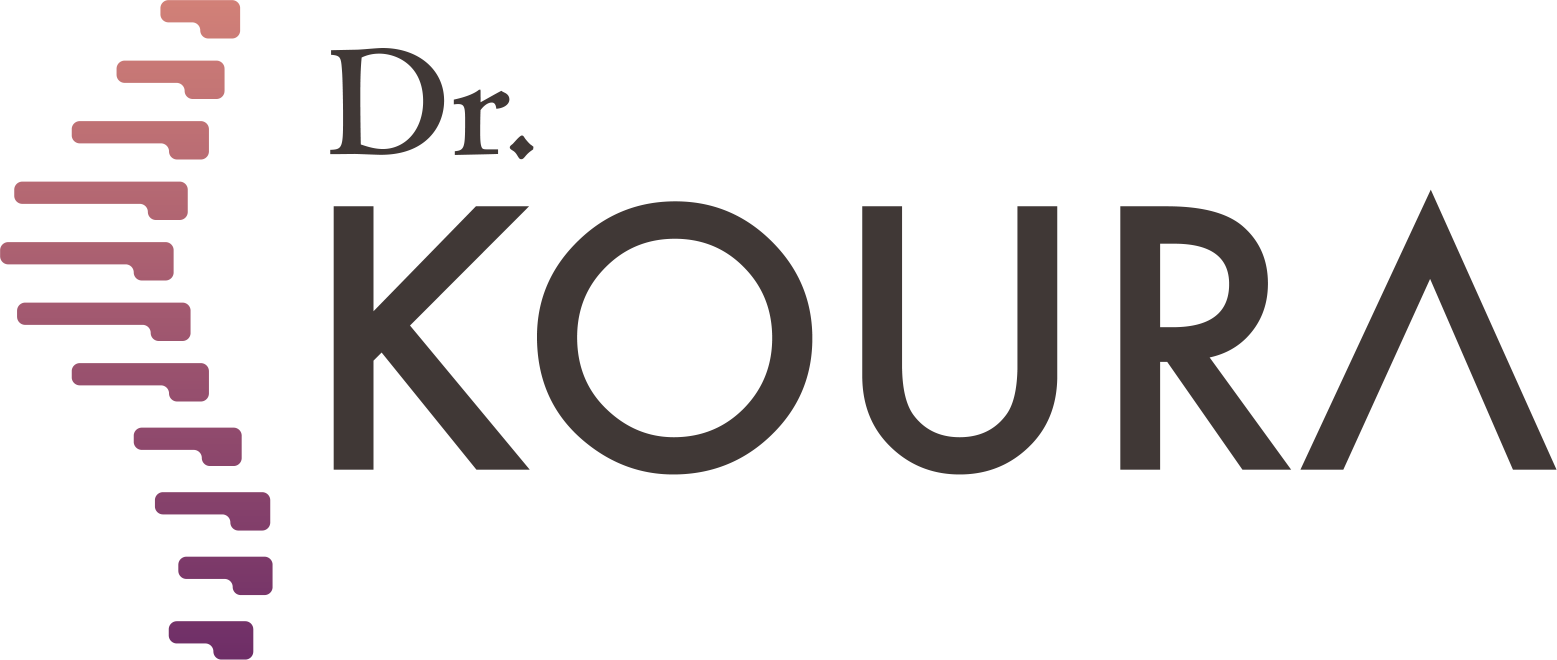


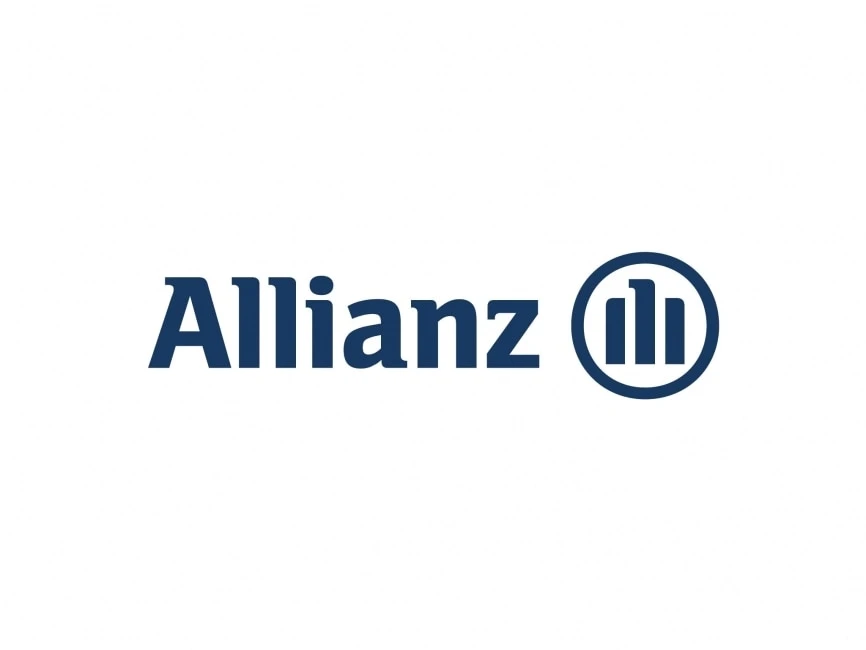

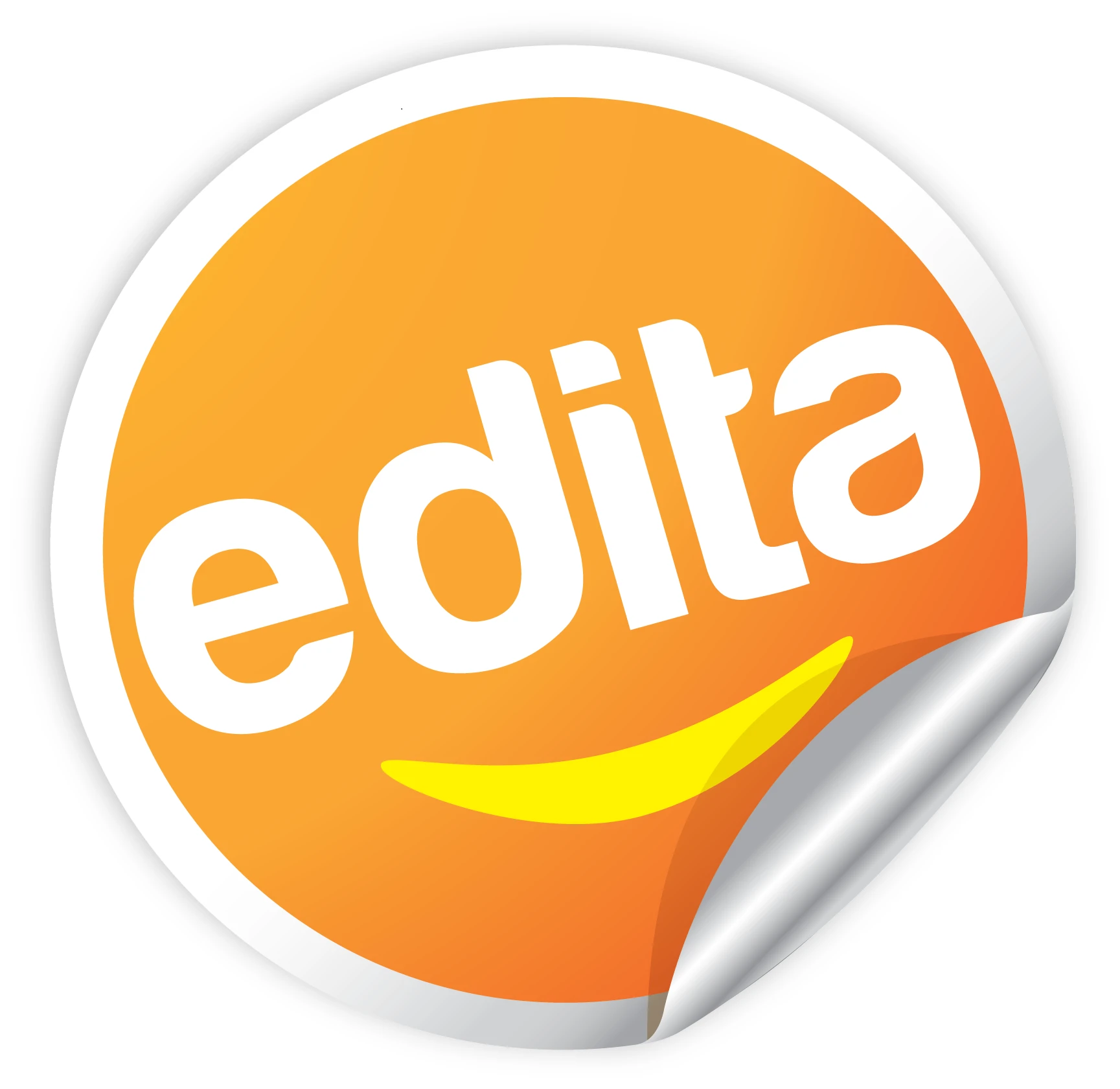
-webp.webp)




-webp.webp)


